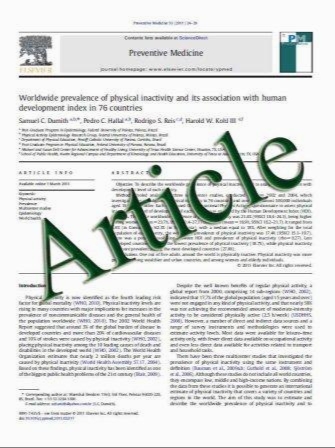New model of reperfused stroke by occlusion of the anterior cerebral artery in baboons
- نوع فایل : کتاب
- زبان : انگلیسی
- مؤلف : Arthur E. Schwartz , John Pile-Spellman
- چاپ و سال / کشور: 2011
Description
Background The understanding of stroke has been greatly enhanced by studies employing nonhuman primate models of focal ischemia. However, devastating neurological disability in previously described stroke models has led to ethical concerns and difficulty achieving prolonged survival for the evaluation of long-term outcome. We determined if reversible occlusion of the anterior cerebral artery in baboons would produce a small infarct with minimal neurological impairment. Methods In six baboons, anesthetized with isoflurane, Guglielmi coils were placed by endovascular technique in the anterior cerebral artery. In two baboons coils were placed for 3 h at the proximal A2 segment. In four baboons coils were placed at the junction of the A2 and A3 segments of the anterior cerebral artery for 1.5 h (n=2) or 3 h (n=2). The coils were removed and reperfusion confirmed by angiography. Thereafter, the animals were awakened from anesthesia and brain MRI studies were performed at 1 week. Results Baboons awakened with minimal neurological impairment. Animals subject to occlusion at the proximal A2 segment and animals subject to 1.5 h of occlusion at the junction of A2 and A3 had no infarct. Animals with 3-h occlusion at the junction of A2 and A3 showed infarcts of 3.5% and 2.8% of cerebral hemispheres. Conclusions This study indicates that reversible anterior cerebral artery occlusion may provide a new humane animal model for small stroke and limited neurological deficit.
Acta Neurochir (2011) 153:327–331 DOI 10.1007/s00701-01Received: 11 July 2010 / Accepted: 20 September 2010 / Published online: 2 October 2010 # Springer-Verlag 20100-0816-1


